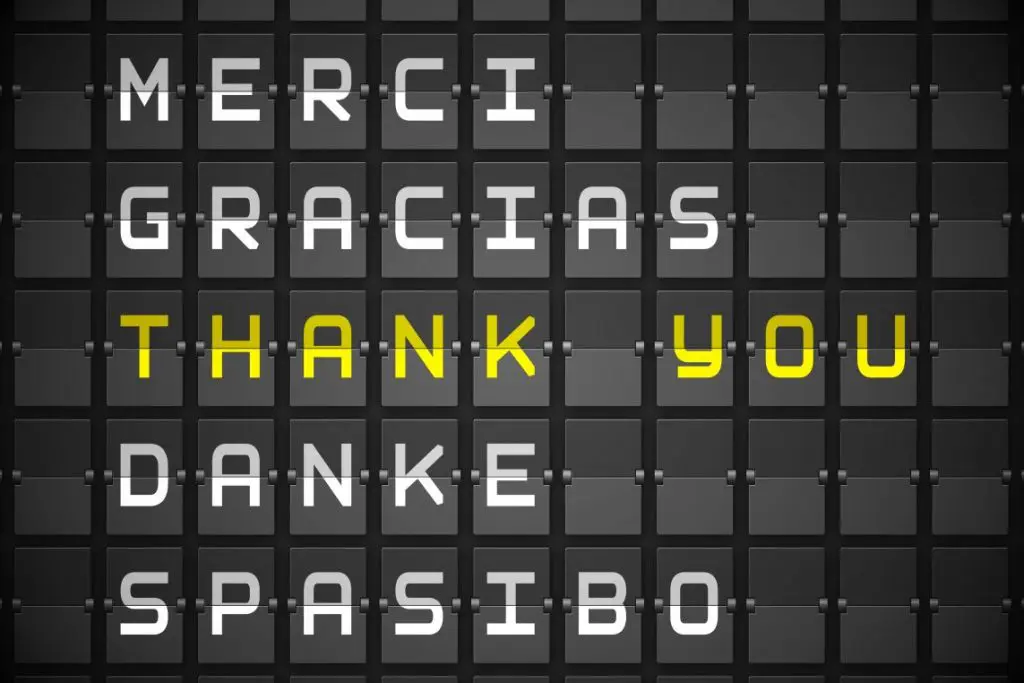German and Swedish: Key Features of Translation
These two Germanic languages have much in common owing to their similar origins, but nonetheless differ in many areas. We have decided to show you three key ways that these languages are different from each other and how these features are important when translating from German to Swedish or vice versa.
-
Gender
German nouns fall into one of three genders; masculine, feminine, or neuter, as is indicated by the article (either definite, or indefinite) used; der, die, das etc. Gender works differently in the Swedish language; their nouns have two categories; there are ett nouns and en nouns. The wrong form of the article would cause significant confusion in any translation and distort the meaning of the text, so they merit consideration in both languages when translating.
-
Cases
The use of its four cases is one aspect of German, which is commented upon very frequently, these cases; the nominative, accusative, dative and genitive, give more information about the role of the noun in a sentence. Although Swedish also has Germanic origins, the only two cases to have been preserved are the nominative case, generally referring to the subject of a sentence, and the genitive case most commonly used to indicate possession of an item. This distinction between the two languages is a potential hurdle in translations so must be kept in mind.
-
Accents
Those who have studied German, will most likely be aware of the accents which are used in the German language, the most common of which is the two dots (umlaut) on certain vowels. This effectively forms three new vowels (ä, ö, ü). In Swedish, there is no ‘u’ with an umlaut, but the other two aforementioned letters remain, along with these two å, é. These accents can affect the meaning and pronunciation of words in both languages, so is very important in translations.
Now that you have had the opportunity to read about the particular features of translation between German and Swedish, why don’t you have a glance at some of our other articles on the difficulties of translation with other pairs of languages.

